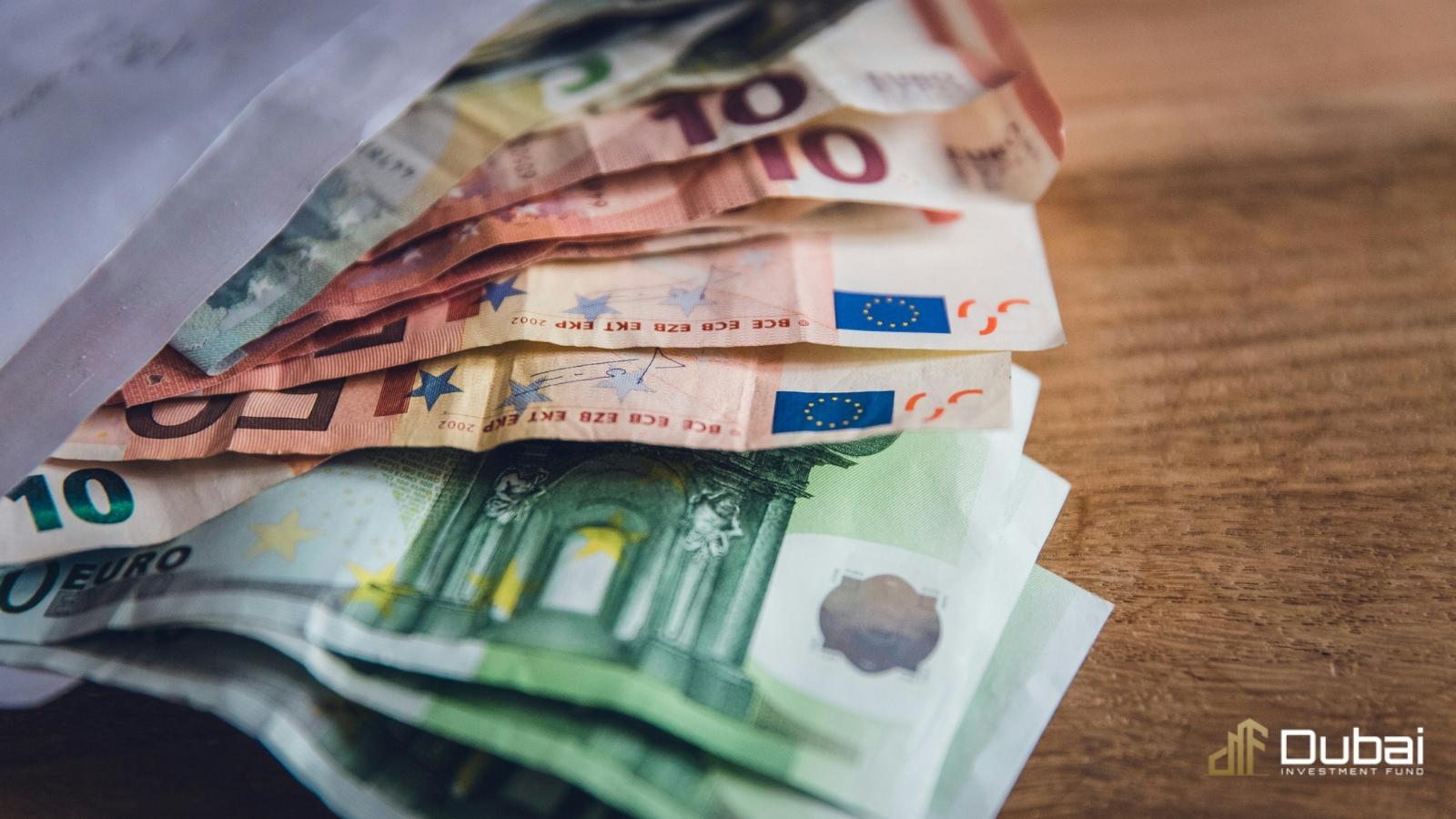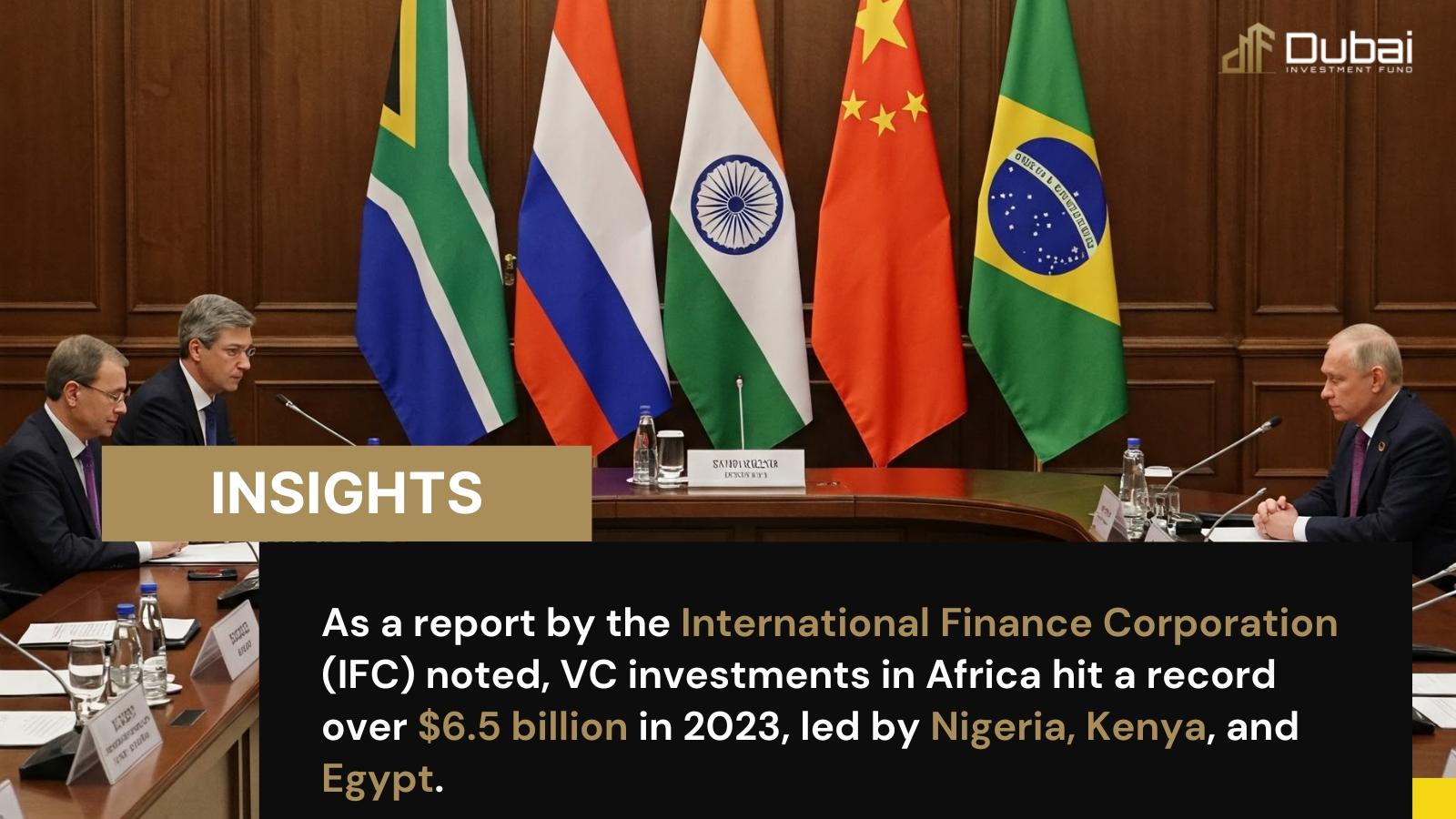Beyond BRICS: The Rise of Secondary Emerging Markets in Africa and Southeast Asia
As the global investment environment changes, growing interest is being paid to secondary emerging economies in Southeast Asia and Africa. New competitors are now fighting for market share, even though BRICS countries Brazil, Russia, India, China, and South Africa have long been the preferred options for investments in emerging markets.
With the help of deliberate policy reforms, economic diversification, and advantageous demographics, nations like Vietnam, Indonesia, Kenya, and Nigeria are emerging as major actors.
The main themes influencing these secondary markets are examined in this research, along with the potential, dangers, and insights from sources such as the Financial Times, S&P Global, and McKinsey & Company.
The Allure of Secondary Emerging Markets
- Untapped Potential: Secondary emerging markets provide an entry point to economies that are just beginning to develop, which are often characterized by low levels of foreign investment. This will reduce competition and allow for higher returns for those who enter early.
- Positive demographics: Most of these markets feature young and expanding populations, a significant demographic edge. This goes hand in hand with a growing workforce and an increasing consumer market, leading to economic development and investment possibilities in consumer goods, technology, and healthcare industries.
- Technological Leapfrogging: With regard to the maturing of technology, these markets could be positioned to bypass long phases of traditional development and spring straight into the digital economy. This is the case in the rapid move to embrace mobile technology, digital payments, and e-commerce, which generates a fertile environment for tech-led businesses and innovative solutions.
- Diversification Benefits: Secondary emerging markets are generally less correlated with developed markets, thus providing excellent diversification benefits for international investors seeking to reduce portfolio risk and improve overall returns.
New Drivers of Economic Growth
The Rise of Regional Venture Capital and Private Equity
An increasing number of venture capital (VC) and private equity (PE) investors are looking toward secondary emerging markets, with an awareness of the latent growth opportunities in Africa and Southeast Asia. As a report by the International Finance Corporation (IFC) noted, VC investments in Africa hit a record over $6.5 billion in 2023, led by Nigeria, Kenya, and Egypt. Over $20 billion was posted by Southeast Asia in private equity transactions, thanks to the latter’s vibrant digital economy and entrepreneurial ecosystem (IFC, 2024).
These investments not only propel technology startups but are increasingly venturing into core sectors such as financial services, healthcare, and agribusiness. These markets are most likely to be at the center of global asset-allocation plans in the coming decade, as institutional investors are keenly interested.
The Evolution of Financial Markets and Capital Accessibility
Most of the emerging markets at the secondary level are developing strong infrastructures of advanced finance in an effort to attract foreign capital. Vietnam and Nigeria have already unsealed their stock exchanges for better liquidity and international investor access. The HNX and HOSE reported a total 15% increase in market capitalization during 2023 (Vietnam Investment Review, 2024).
Besides, the Nairobi Securities Exchange (NSE) in Kenya has developed other new financial instruments, such as green bonds and digital assets. The reforms are leading to a stronger, more transparent capital market that institutional investors prefer as an alternative source of investment other than the conventional BRICS economies.
Digital Transformation and Financial Inclusion
Mobile Banking and Fintech Expansion
Financial inclusion has increased at a fast pace because mobile banking and fintech solutions are gaining popularity across Africa and Southeast Asia. M-Pesa’s success in Kenya and Gojek’s payment business in Indonesia have proved that fintech options work in countries where traditional bank penetration is low.
The Global Fintech Adoption Index by EY (2024) reports that fintech penetration in Africa reached 64%, with digital wallets and peer-to-peer lending seeing the fastest growth. Similarly, Southeast Asia’s digital banking sector has witnessed an explosion in demand, particularly in Vietnam and the Philippines, where neobanks are filling gaps left by legacy banking institutions.
The Role of Cryptocurrencies and Blockchain
Blockchain technology is increasingly driving economic activity in secondary emerging economies. The nations that include Nigeria and Thailand have established regulation policies to permit the exchange of cryptocurrencies as well as blockchain-based remittances. Nigeria introduced 2024 a pilot edition of its eNaira, the initial CBDC to be rolled out in the African continent, and has been favored by companies for cross-border payments (Financial Times, 2024).
Blockchain supply chain solutions will assist large industries such as agriculture and logistics from this aspect, minimizing corruption and inefficiency. Decentralized technology will raise the level of trust and efficiency, and the country will also seem more attractive for foreign direct investments.
Infrastructure Development and Foreign Direct Investment (FDI)
China’s Belt and Road Initiative and Infrastructure Investment
Although having geopolitical issues, China continues constructing infrastructure in the whole of Africa and Southeast Asia. China has financed multibillion-dollar projects such as the Belt and Road Initiative (BRI) for constructing ports, highways, and other energy infrastructure. In 2023, it invested $30 billion in infrastructure development in Africa, with a majority share taken by Kenya and Ethiopia (World Bank, 2024).
Indonesia is among the biggest BRI recipients in Southeast Asia by investments, primarily for rail and renewable energy projects. A recent case in point is the highly touted launch of the Jakarta-Bandung High-Speed Rail at the end of 2023.
Japan and South Korea’s Growing Presence
Whereas China continues to lead the charge, Japan and South Korea are accelerating infrastructure investments in secondary emerging economies. The Japan International Cooperation Agency (JICA) committed $10 billion towards Southeast Asian transport and logistics infrastructure development and urban planning in support of smart city growth (JICA, 2024).
In the same vein, South Korea has also expanded its FDI in Africa, especially in the automotive and renewable energy industries. Hyundai and LG Energy Solutions recently announced that they would establish electric vehicle (EV) battery factories in South Africa, making the continent a future global EV supply chain player.
Macroeconomic Trends Driving Secondary Emerging Markets
Demographic Advantages and Labor Market Growth
One of the most significant reasons secondary emerging markets have caught the interest of investors is their growing and young, rapidly expanding populations. For instance, Sub-Saharan Africa’s labor force is poised to triple in 2050 to over 1 billion persons (S&P Global, 2024). Such a population dividend can increase consumer purchasing power as well as productivity, making it more attractive for investors.
Indonesia and Vietnam are currently at the forefront of Southeast Asia in terms of middle-class population growth. By 2030, the middle class in Indonesia will make up over 60% of Indonesia’s overall population, contributing to domestic consumption as well as growth in GDP, according to predictions by the World Bank.
Economic Diversification and Reduced Dependency on Commodities
Contrary to most of the BRICS economies, secondary emerging markets have been actively diversifying their economic bases. In Kenya, it has been rapidly expanding its information technology sector to earn the title “Silicon Savannah.” Venture capital funding has been pouring in for tech startups in Nairobi in 2023, with $1.2 billion in that year alone. (Financial Times in 2024).
Other Asian countries have branded themselves as manufacturing bases while exploiting the support of shifting supply chains away from China. FDI into Vietnam’s manufacturing sector grew by 15% in 2023 as trade agreements continue to grow coupled with increased favorable investor policies (McKinsey & Company, 2024).
Trade Agreements and Regional Integration
Indeed, ASEAN economies derive benefits from deep regional integration. Trade liberalization is much more fluid and streamlined due to cross-border investments because of deals like RCEP. S&P Global states that intra-ASEAN trade jumped by 8% in 2023 as a measure of strength in regional economic ties.
African countries are also integrating regionally with the African Continental Free Trade Area (AfCFTA). The trade pact between 54 African countries is to raise intra-African trade by 52% by 2025. This makes them more susceptible to external markets and less resilient economies (Financial Times, 2024).
Key Investment Opportunities
Technology and Digital Infrastructure
There is an explosion in digital adoption in Africa and Southeast Asia. Africa stands out with mobile penetration reaching 75% by 2025, thereby facilitating increased adoption of more mobile banking, fintech, and e-commerce sites. For example, the Nigerian fintech sector alone attracted $2 billion in investments in 2023, placing it at an all-time high to be considered among the continent’s leading centers for digital financial services (McKinsey & Company, 2024).
Indonesia’s e-commerce market in Southeast Asia is booming. Its online retail sales will be compounded annually by 12% up to 2028. Players GoTo and Sea Limited lead the digital economy space and continue to attract very strong institutional investment. (S&P Global, 2024).
Renewable Energy and Sustainability Initiatives
Africa and Southeast Asia renewable energy projects are gaining the attention of global investors looking for ESG-complaint opportunities. Kenya tops the list in Africa, where 80% of its electricity is generated from renewable sources, including geothermal and wind power. The country has attracted more than $1.5 billion in renewable energy investments over the last two years (Financial Times, 2024).
Similar to others, Vietnam is on the top ten list for global production of solar and wind energy as well as solar electricity. The country aims to increase its renewable source of power by 2030 by 30% compared to the existing capacity. Infrastructure investments may be massive in such programs under these initiatives (McKinsey & Company, 2024).
Agriculture and Food Security
Another promising area is the agribusiness sector, where food security would be the major priority for Africa. Africa has 60% of the world’s uncultivated arable land, which creates enormous opportunities for agricultural investments. Precision farming, agritech solutions, and sustainable agriculture practices are becoming popular since FDI in this sector is increasing (S&P Global, 2024).
Risks and Challenges
Political and Regulatory Uncertainty
While secondary emerging markets are enormous opportunities, challenges abound. Major concerns include political instability and the unpredictability of regulations. Nigeria’s currency devaluation in 2023 led to capital flight in short-term capital as volatility in the equity markets surfaced (Financial Times, 2024).
Similar to this, Indonesia’s policy changes regarding foreign ownership in key industries. It has caused concern among institutional investors. Investors need to do their due diligence and increase exposure across multiple markets to mitigate such risks.
Infrastructure Gaps and Supply Chain Limitations
Even with economic development, most secondary emerging markets continue to experience high infrastructure shortages. Inadequate road networks, unreliable electricity supply, and logistical inefficiencies can deter investment growth. For instance, even with its thriving manufacturing industry, Vietnam continues to experience port congestion and high shipping rates, affecting supply chain reliability (McKinsey & Company, 2024).
Foreign Exchange and Inflation Volatility
Currency fluctuations create another risk exposure for investors. In Africa, inflation rates still run high at double-digit values in Ghana and Nigeria in 2023. Depreciation of local currency against the USD can eat up returns for overseas investors. Indonesian Southeast Asian Economies have similar rupiah fluctuations due to global interest rates (S&P Global, 2024).
Conclusion
The emergence makes a strong argument for diversification outside of BRICS of secondary emerging markets in Southeast Asia and Africa. These areas profit from youthful populations and economic diversification, and they present substantial investment potential in agribusiness, renewable energy, and technology. However, investors must have to manage inherent risks like currency fluctuation, infrastructure deficiencies, and political instability.
Institutional investors can take advantage of the new trends with the help of regional trade agreements, sustainable project participation, and diversified portfolios. Secondary developing markets have the potential to emerge as the next significant area for growth and development as global capital flows adapt to the changing economic order.




